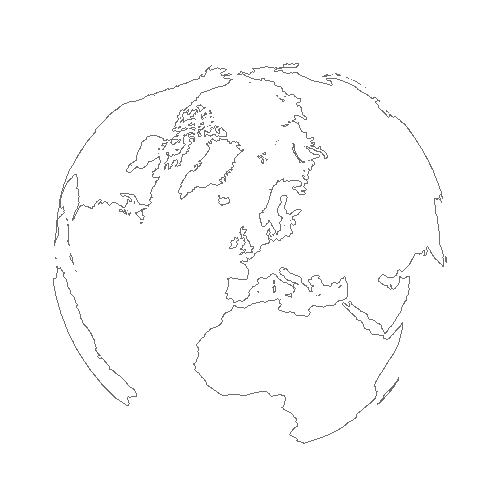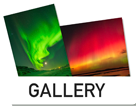Aurora Conditions in 59 minutes
|
Kp
2
|
The Aurora will contract to a Kp2. The Kp2 will cover all of Iceland from 00:48:00. Viewed from Reykjavík, when active, the Aurora will be positioned above the NNW horizon. When viewing the Aurora from the South Coast, seek higher ground and avoid mountains in a NNE-NNW direction where possible. |
Northern Lights Solar Wind Data
 Speed |
 Density |
 IMF Bt |
 IMF Bz |
| 441.50km/s | 1.52p/cm3 | 7.46nT | -2.24nT |
Solar Wind & Bz Analysis
55 /120

|
| Moderate |
The Solar Wind quality remains steady over the next 59 minutes.
Once these conditions arrive on earth, medium to strong auroras are likely under these conditions, especially if the previous hour has seen mostly negative Bz activity.
The Bz-index will be negative (south) for 33.90% of time, or a total of 20 minutes over the next 59 minutes with an average of 0.72 nT and a low of -4.18 nT.
The Bz-Index is a key "ingredient" to the creation of the aurora, as it indicates whether energy is building up.









 Íslenska
Íslenska Deutsch
Deutsch 23:07
23:07  03:41 Sun°:
03:41 Sun°: 


